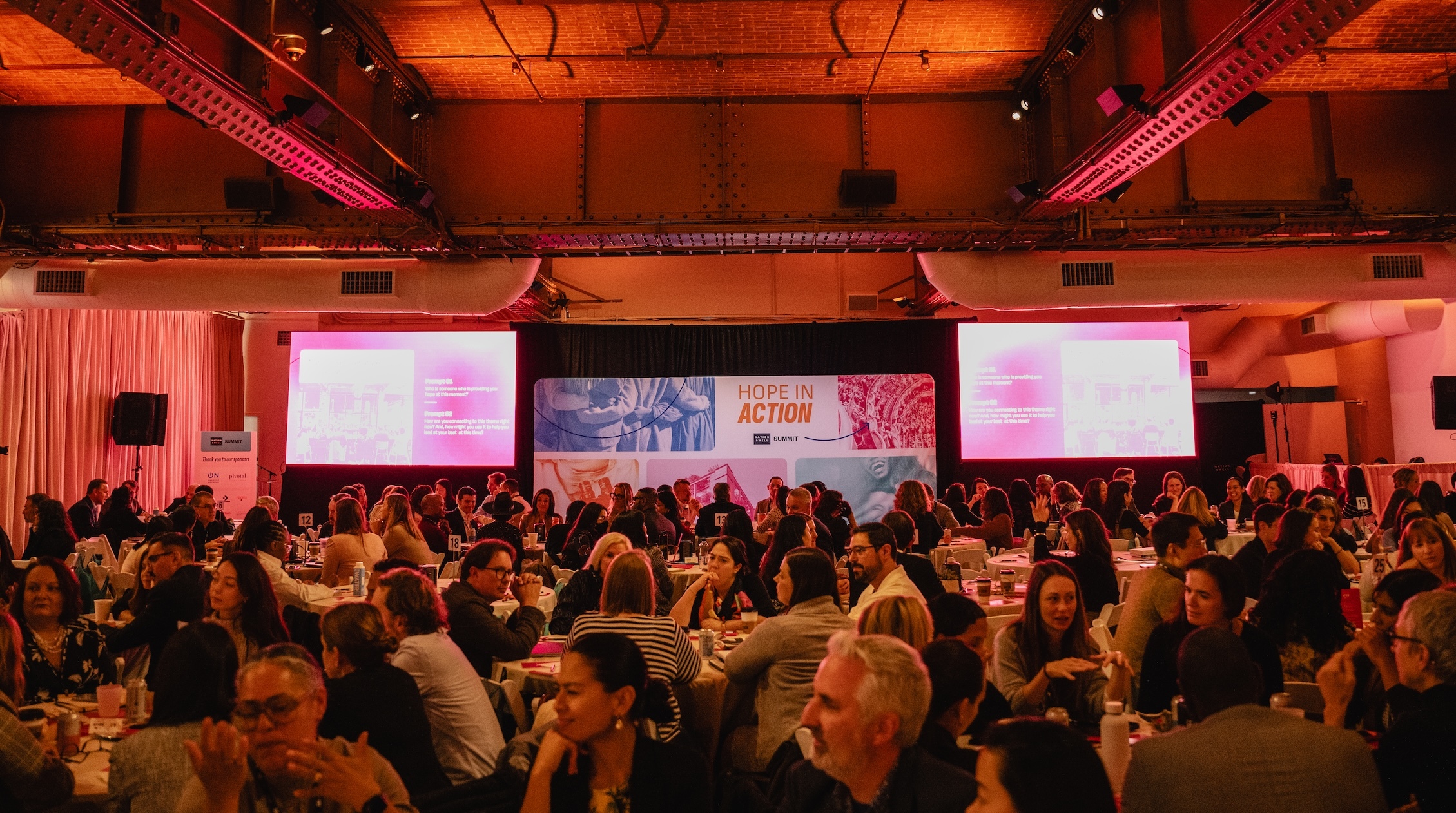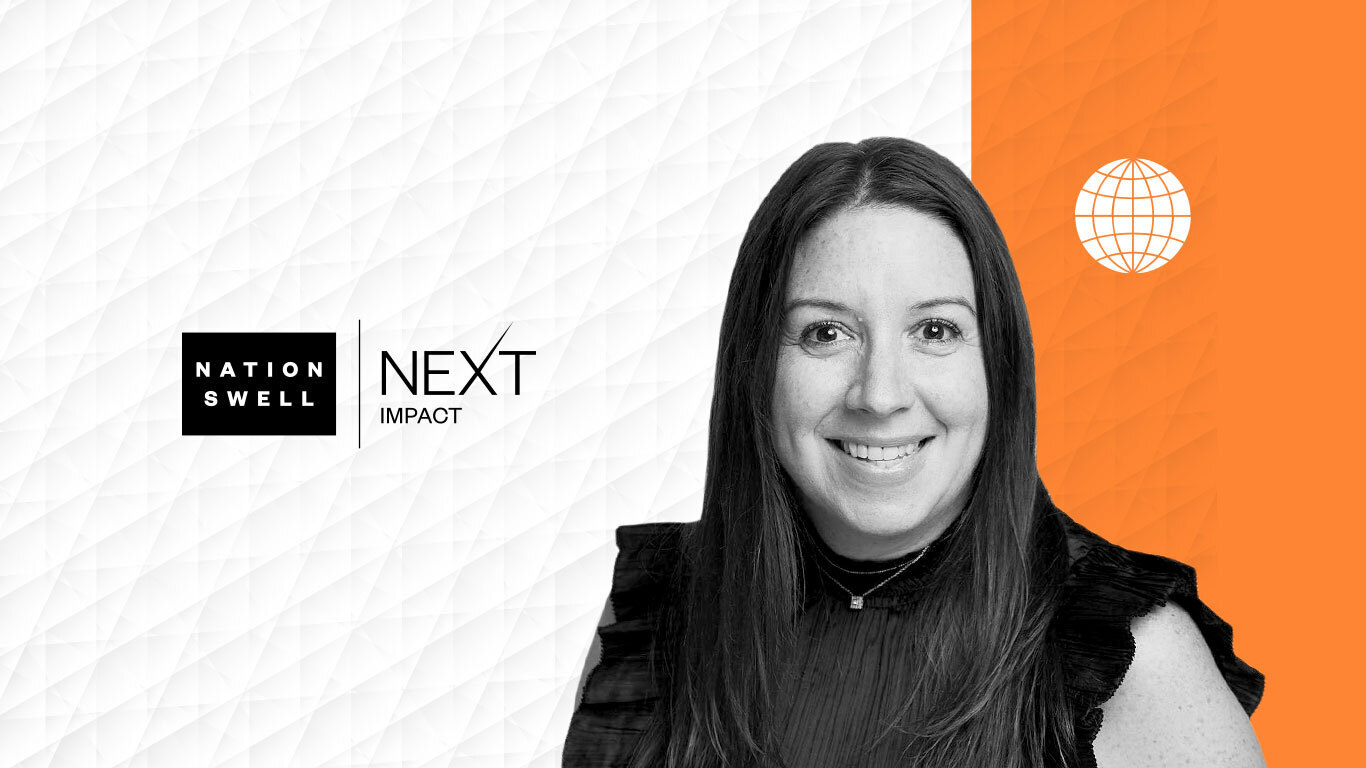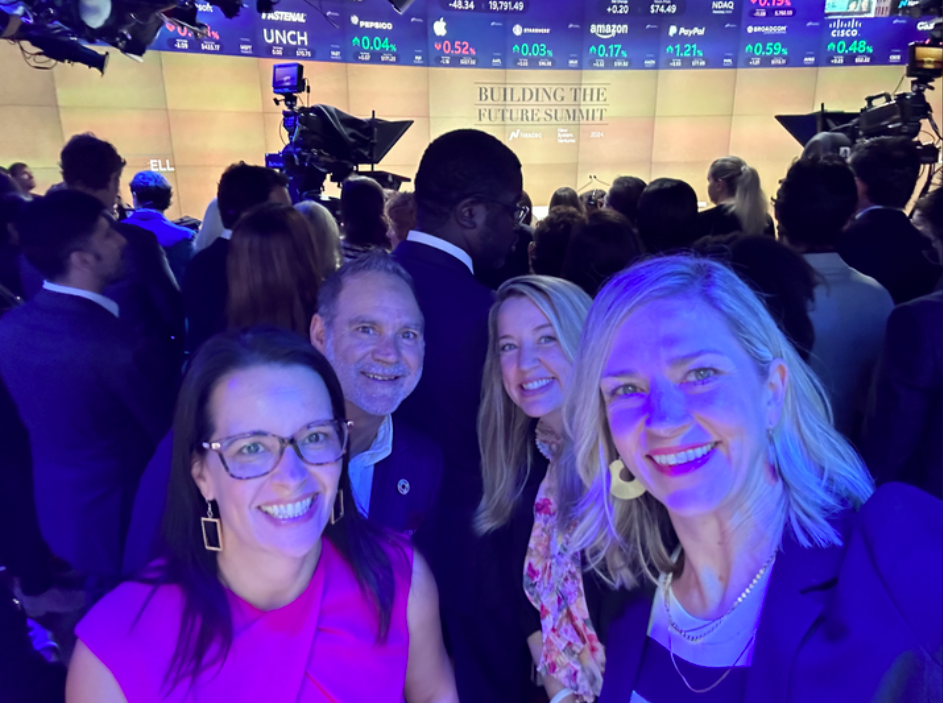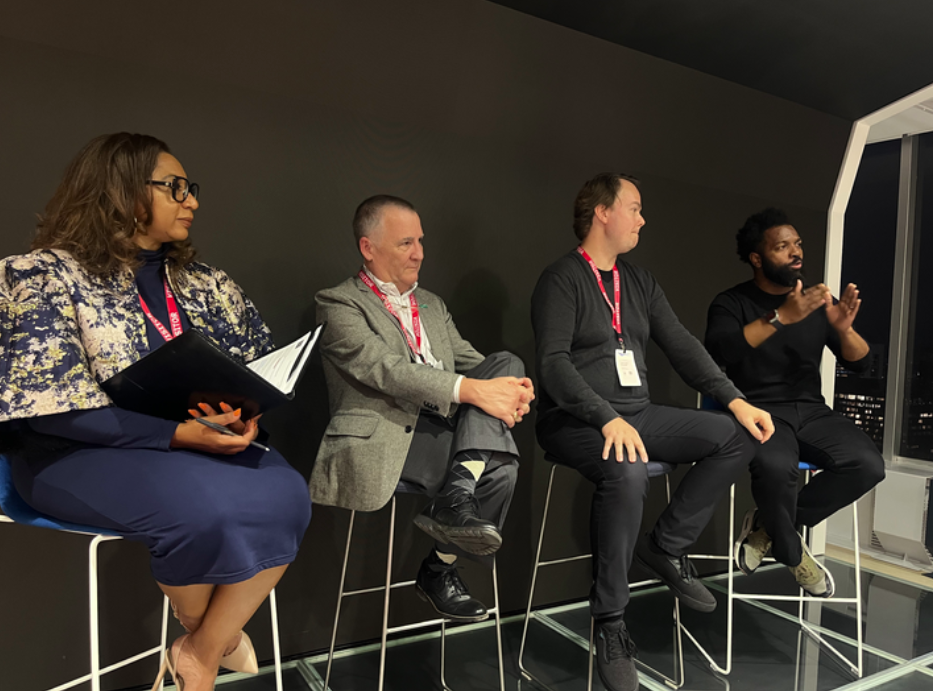On November 20 and 21, NationSwell convened changemakers, innovators, and thought leaders in New York City for our Summit 2024. This year’s theme was Hope in Action — a nod to both the radical optimism this moment requires and the intentionality needed to create a more equitable and prosperous world.
Throughout the event, we heard from some of the nation’s leading social impact, sustainability, and philanthropic leaders on the innovative solutions and game-changing partnerships they’re pioneering. Below are a few of the moments that left us feeling hopeful and inspired to be standing shoulder to shoulder with this community of changemakers for all the work still to come:
Fireside Chat with Julián Castro
“We have an opportunity in this moment to model what we want the world to look like and to do that as leaders in our own organizations; to recommit ourselves to that vision and to breathe more energy into the values that we want to prevail.” – Julián Castro, CEO of the Latino Community Foundation and former United States Secretary of Housing and Urban Development
Impact Spotlight by Maria Kim
“What I’ve learned through my work and my life over the years is that lived experience is not what you’ve done or what’s been done with you; it’s sometimes this catalyst that makes you most beautifully, gloriously, affirmatively who you are. So in a way, my lived experience is more aptly described as my lived expertise.” – Maria Kim, President and CEO, REDF
“I know we can do this if we put our back into it. And if we do it, we end up shifting from a generational transfer of poverty to a generational transfer of joy.” – Maria Kim, President and CEO, REDF
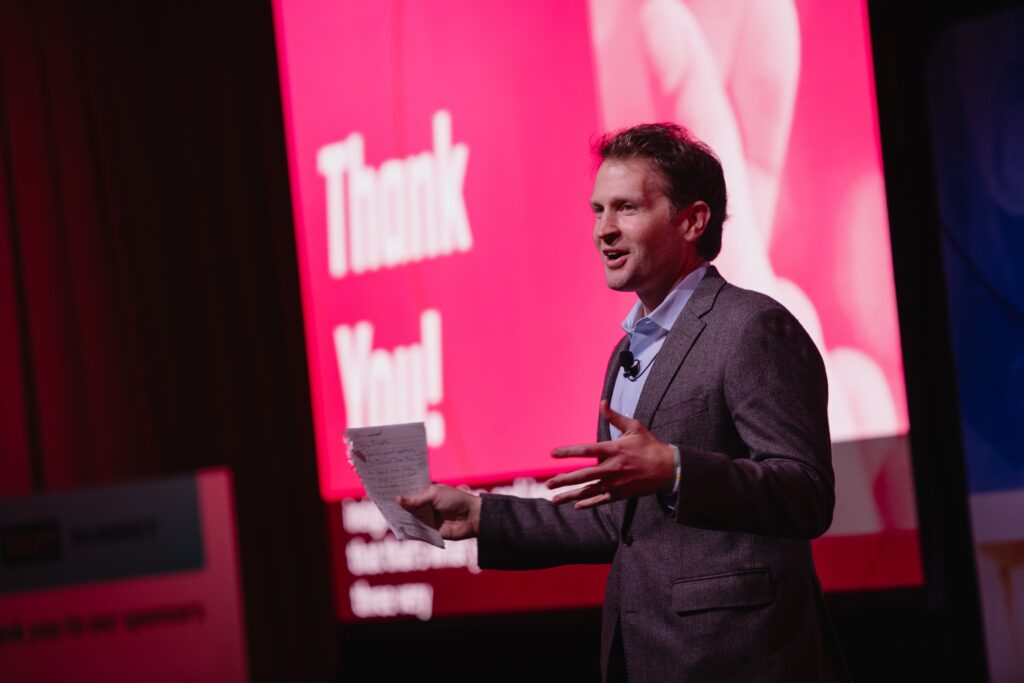
Impact Spotlight by Scott Pulsipher
“To me, Hope in Action is about changing one life for the better and doing that hundreds of thousands of times, if not millions of times. And it’s incredible to actually imagine a different world in which we rethink education, we imagine how it can actually operate. Not just for the good of the few, but for the good of the many.” – Scott Pulsipher, President, Western Governors University
“The U.S. higher education system is, in fact, failing those that it was designed to serve.” – Scott Pulsipher, President, Western Governors University

NationSwell’s Books of the Year
“Hope is a muscle.” – Nicholas Kristof, Journalist, The New York Times
“Find the way to connect the dots to your work. I offer a simple diagram: what are you good at, what needs doing, and what brings you joy? The joy part is what keeps you going and will welcome other people into the work. Pick one and roll up your sleeves and see how far we can get.” – Dr. Ayana Elizabeth Johnson, Co-founder, Urban Ocean Lab
Impact Spotlight by Vilas Dhar
“Leadership in this moment is no longer about just individual courage; it’s no longer about many conversations that happen across society, but a world where we make decisions together.” – Vilas Dhar, President, Patrick J. McGovern Foundation
“We can be architects, we can build blueprints for tools and technologies in the future that incorporate our morals, our values, our norms, our beliefs, and the voices of the people around us.” – Vilas Dhar, President, Patrick J. McGovern Foundation
Impact Spotlight by Aly Richards
“[Affordable and accessible childcare] is a market failure – it is a broken business model. Early educators can’t afford to make less, parents can’t afford to pay more. The sooner we can understand that we need help from local, state, and federal, the sooner we can fix it.” – Aly Richards, CEO, Let’s Grow Kids

The Case for Care: The Business Imperative of Investing in Care
“In many ways, motherhood is the unfinished business of gender equality.” – Reshma Saujani, Founder and CEO, Moms First; Founder, Girls Who Code
“You can make a very strong business case for [child care], to do the right thing to help your people.” – Stephan Dolling, AVP, Global Benefits and Well-Being, Merck
“Let’s talk about the challenges more. Talk to me, or talk to your employers, about the caregiving challenges that we’re all experiencing.” – Lindsay Jurist-Rosner, Founder and CEO of Wellthy

Creative Forces for Social Change: The Power of Art in Action
“There’s a war on the storytelling of our authentic selves and truth and history.” – Renée Elise Goldsberry, Tony- and Grammy Award-Winning Actress and Singer
“I put all my hope in art. For one, art never cared who was in power.” – Rahsaan Thomas, Documentary Filmmaker, Podcaster, and Producer
“There’s a lot of misunderstandings going on in our country right now, so we need art more than ever to translate the truth.” – Rahsaan Thomas, Documentary Filmmaker, Podcaster, and Producer
“I think my greatest resource as an artist is my most authentic self.” – Renée Elise Goldsberry, Tony- and Grammy Award-Winning Actress and Singer
Impact Spotlight by Dr. Carmen Rojas and Tara Raghuveer
“Our country faces an unprecedented housing crisis. Not only are more than 3 million people homeless, housing insecure, or living in shelters, but rents have gone up more than 30% since 2020. This is in a context in which we have 16 million vacant homes in the United States. So this means that we have made a choice not to house our brothers and sisters, our cousins, people that we might fall in love with, slow dance with, sing karaoke with – it’s a decision that our political leaders have made.” – Dr. Carmen Rojas, President and CEO, Marguerite Casey Foundation
“The rent is the biggest bill in most working people’s budgets. When people need to cut back on living expenses, making cuts to housing is not an option – the alternative is homelessness. The rent is too damn high.” – Tara Raghuveer, Founding Director of Kansas City Tenants
“Derek is one of the tenants who will strike another month. He said, ‘My rent is my power. And I will use my power with my neighbors until we win what we’re owed.’” – Tara Raghuveer, Founding Director of Kansas City Tenants
Impact Spotlight by Jay Bailey
“You want to talk about innovation? Show me someone more innovative than a single mother with two kids making $17,000 a year. She problem-solves, she makes sure there are gifts under the Christmas tree – send her to business school and she’ll run circles around everybody.” – Jay Bailey, President and CEO, Russell Innovation Center for Entrepreneurs (RICE)
“Hope in action is black prosperity through ownership.” – Jay Bailey, President and CEO, Russell Innovation Center for Entrepreneurs (RICE)

Augment and Involve: Empowering Workers in an AI-driven World
“We look at the AI development and economy that’s happening as an opportunity space. How can we ensure – unlike the internet – that there’s intentionality to the workforce that’s behind this technology?” – Nicole Johnson, Global Director of Social Impact & Inclusion, Cadence Design Systems
“Tech is all of us – each of us has the ability to engage and change for the tech future we want.” – Michele Jawando, Senior Vice President, Omidyar Network
“The human spirit is indomitable, and art is a fundamental part of that. We will figure out how to fulfill the promise of increasing representation, increasing stories using AI, and we will see more people fight for the art that gives their lives texture.” – Carri Twigg, Founding Partner, Culture House Media
“What gives me hope is that when workers are at the heart of our design of this technology and the decisions around deployment, this is not only good for society and workers, but there’s a lot of evidence that it’s good for employers, too. Workers are assets. They’re experts. They often know their space the best. AI is not something that’s top-down.” – Molly Kinder, David M. Rubenstein Fellow, The Brookings Institution
“Just as we celebrate innovation and we’re awed by it, it creates opportunities for creation and destruction. We need innovation in our policies, badly – we’re at an intersection of technology where it impacts workers, and there’s a role for the government in all of this.” – Ambassador Katherine Tai, United States Trade Representative
Impact Spotlight by Dreama Gentry
“The hope I’m holding – the hope that I’d ask you to join me in – is hope that this great nation can be a place where all of our children and young people are supported and have a choice-filled life.” – Dreama Gentry, President and CEO, Partners for Rural Impact
“We know what will create upward mobility from cradle to career – we just need to invest in that, and we can’t do this work alone.” – Dreama Gentry, President and CEO, Partners for Rural Impact
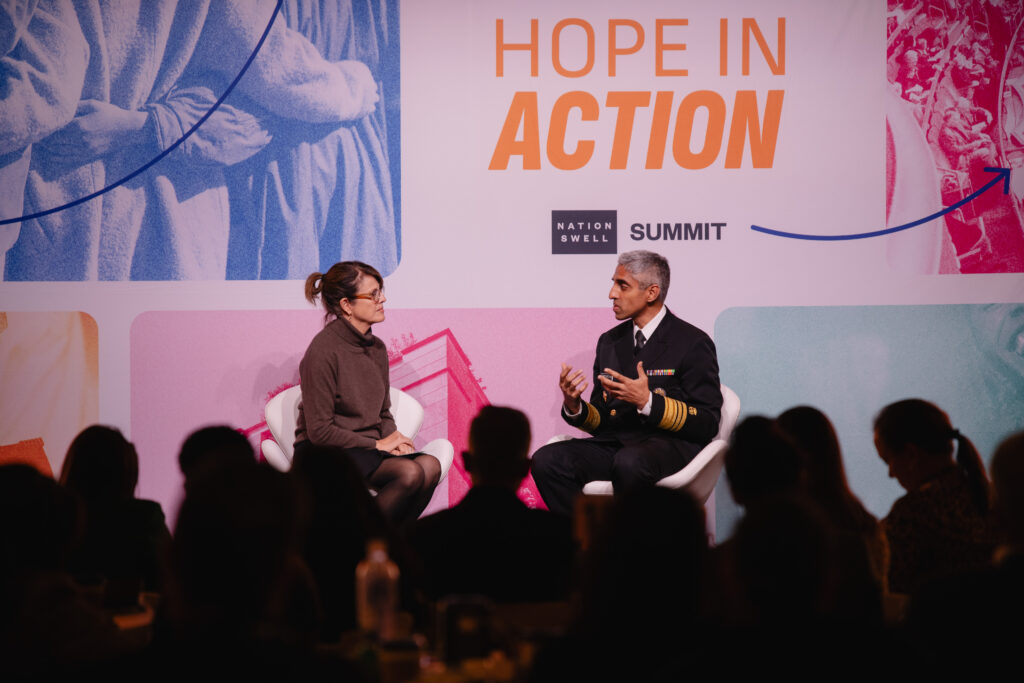
Impact Spotlight with Surgeon General Dr. Vivek Murthy
“When your friend is in a crisis, showing up doesn’t mean coming up with a ten-point plan to solve all problems. The truth is, people derive tremendous comfort from knowing that they’re not alone.” – Surgeon General Dr. Vivek Murthy

